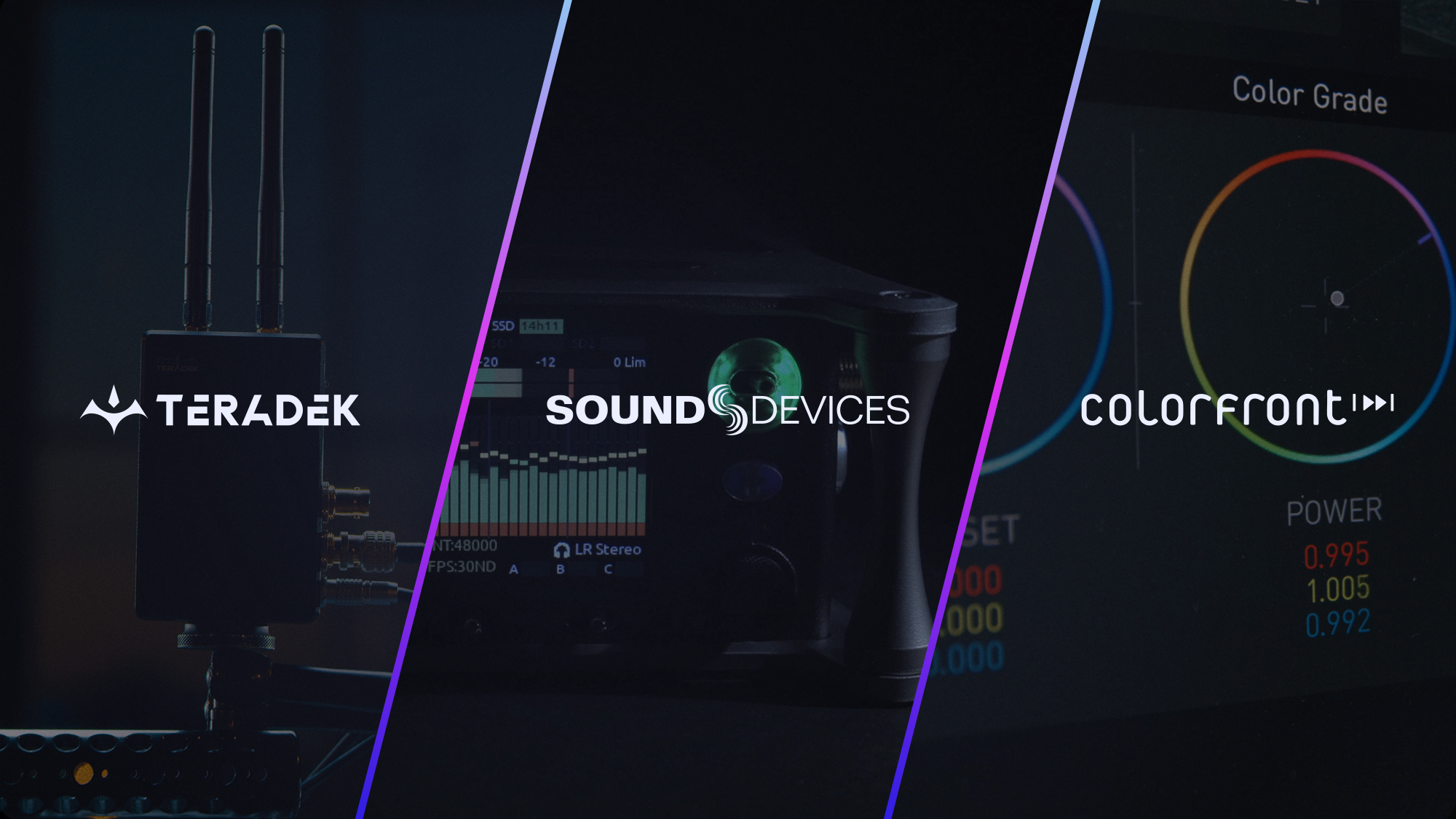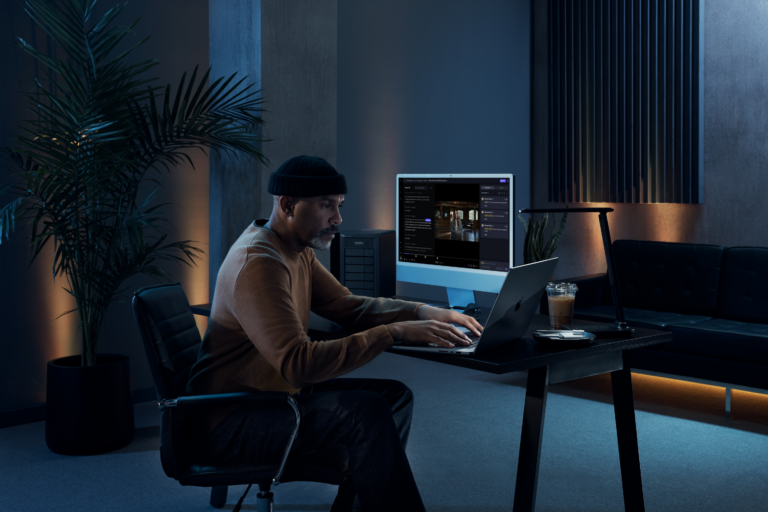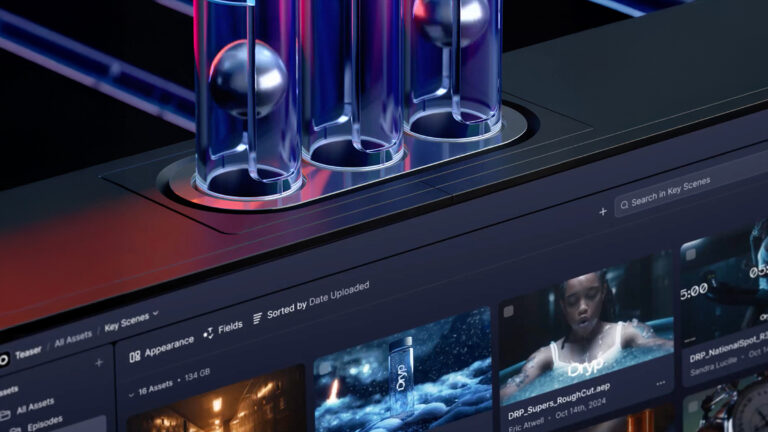It’s amazing to consider how little movie-making technology changed throughout the first 100 years of its existence—both in terms of equipment and workflows.
But beginning in the 1990s, rapid technological advancements have radically changed not just how we create motion pictures but also who can create them. The advent of non-linear editing, digital film scanning, and the ubiquity of the internet are clear examples of new technology democratizing the creative process.
If you talk to today’s leading industry innovators, they’ll agree that the next big game-changer is undoubtedly the cloud. Between the ongoing need for decentralized collaboration and, more recently, on-set crew safety, cloud-enabled workflows are the new frontier.
Frame.io’s entire mission is built around cementing the cloud as the foundation of video creation. And with our latest innovation, Frame.io C2C, we’re partnering with several like-minded technology developers and manufacturers to take the next big leap forward in achieving that goal.
Key technical partnerships
Those who build superior tools and workflows share a common vision. That is, to enable creators to work more easily and more comfortably by providing solutions to common problems and pain points.
Frame.io’s CEO, Emery Wells, set out to create a product that solved particular challenges he’d experienced while working on Digital Shorts for Saturday Night Live at Katabatic, his NY-based post-production studio. Global SVP of Innovation, Michael Cioni, has spent years pioneering file-based mobile dailies pipelines for feature films with his former company, Light Iron, before spearheading the 8K Millennium DXL camera with Panavision and RED.
This combination of creativity and technical chops has converged in Frame.io C2C. And as we now extend our reach onto the set, we’ve sought to partner with pillars of the industry who will immediately enable creators to work in new and highly efficient ways.
Briefly, the Frame.io C2C system uses an authenticated Teradek CUBE 655 encoder to deliver live streams and camera proxy files directly into Frame.io, where they become instantly available for viewing on iPhones, iPads, or computers, or in your NLE for immediate editorial review.
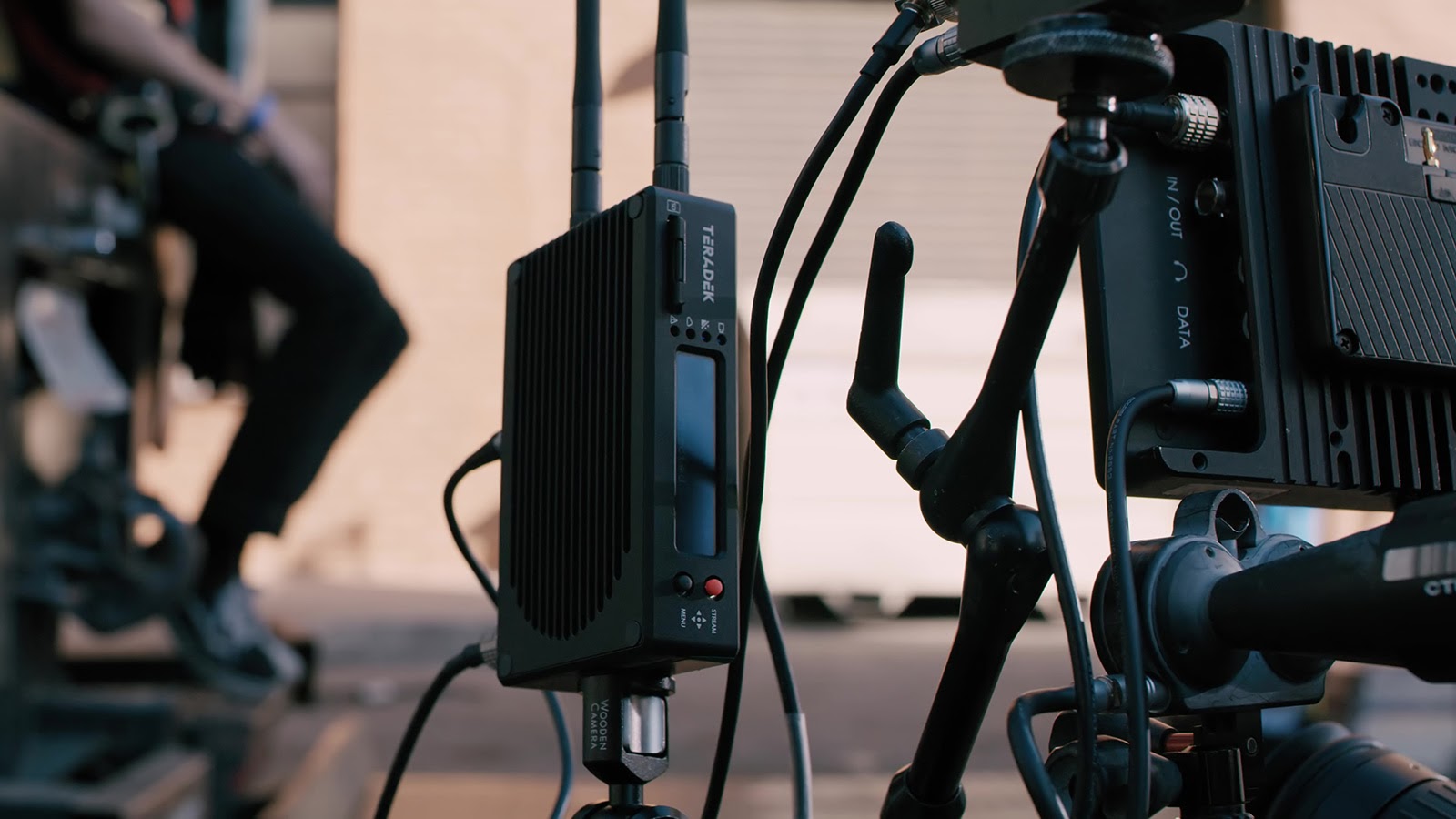
Further, Sound Devices’ new 888 and Scorpio recorder/mixers, with built-in internet capabilities, allow you to simply “Add Device” on an iPhone to upload original BWF files into Frame.io.
This enables editors to quickly sync audio in their NLE based on the corresponding timecode. And the Frame.io integration with Colorfront lets a post house anywhere in the world immediately access high-quality proxy files, sync, grade, and deliver them through their Express Dailies system.
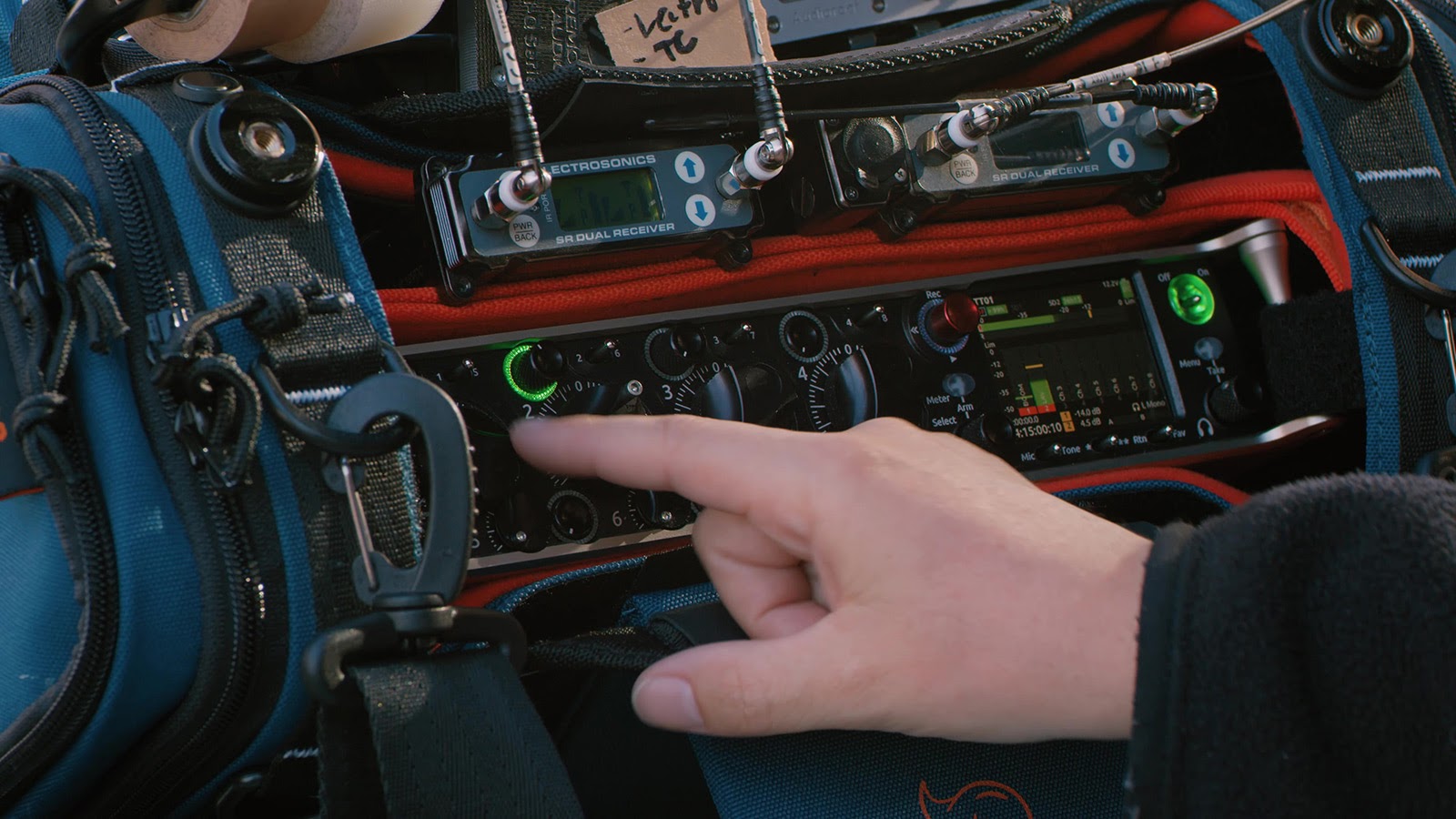
But those are just the headlines and this is just the beginning. Understanding more about our partners and our shared visions for how cloud-based technologies can change the way motion pictures are created will, we hope, inspire you to join us as we continue building workflows that are tailored to your production process.
Art and science
When Teradek began their business more than ten years ago, CEO of Creative Solutions Nicol Verheem was an electrical engineer who, as a working photographer, approached the business of creating film production solutions as the perfect melding of art and technology.
“We were a bunch of nerds but we like the arts,” Verheem says. “And video has always been one of the most challenging and rewarding areas of electrical engineering. There’s so much data, and it presents difficult problems.”

In 2008, they set out to get video signals into networks and IP streams as the HD revolution shifted acquisition from film cameras to smaller HD cameras for everything from cinema to live production. Making high-quality gear that is rugged and reliable is what they’re known for—as is working closely with the customers who use it.
“We enable people to do things that were not previously possible,” Verheem says. “We had a new technology that was never before applied to those industry segments, so we knew we could add value. But we didn’t yet have a brand or a reputation, so we focused on quality and customer experience.”
Comparing their products to their then-competitors’, they found that most were encased in sheet metal, which carries an expensive startup cost. Instead, they built their product from a solid block of aluminum, which made the product feel high quality and strong. “The customers loved it. We still make our products that way,” he says.
Similarly, the Sound Devices team’s stated mission when they formed the company 22 years ago was to make “audio gear that sounds phenomenal but is also nice to touch with easy-to-access controls,” says CEO Matt Anderson.
“We take that big mixing board sound and shrink it down so that it’s portable. It’s also got to be able to run off batteries for shoots in the field. And the products have to be absolutely rock-solid, bulletproof, and reliable.”
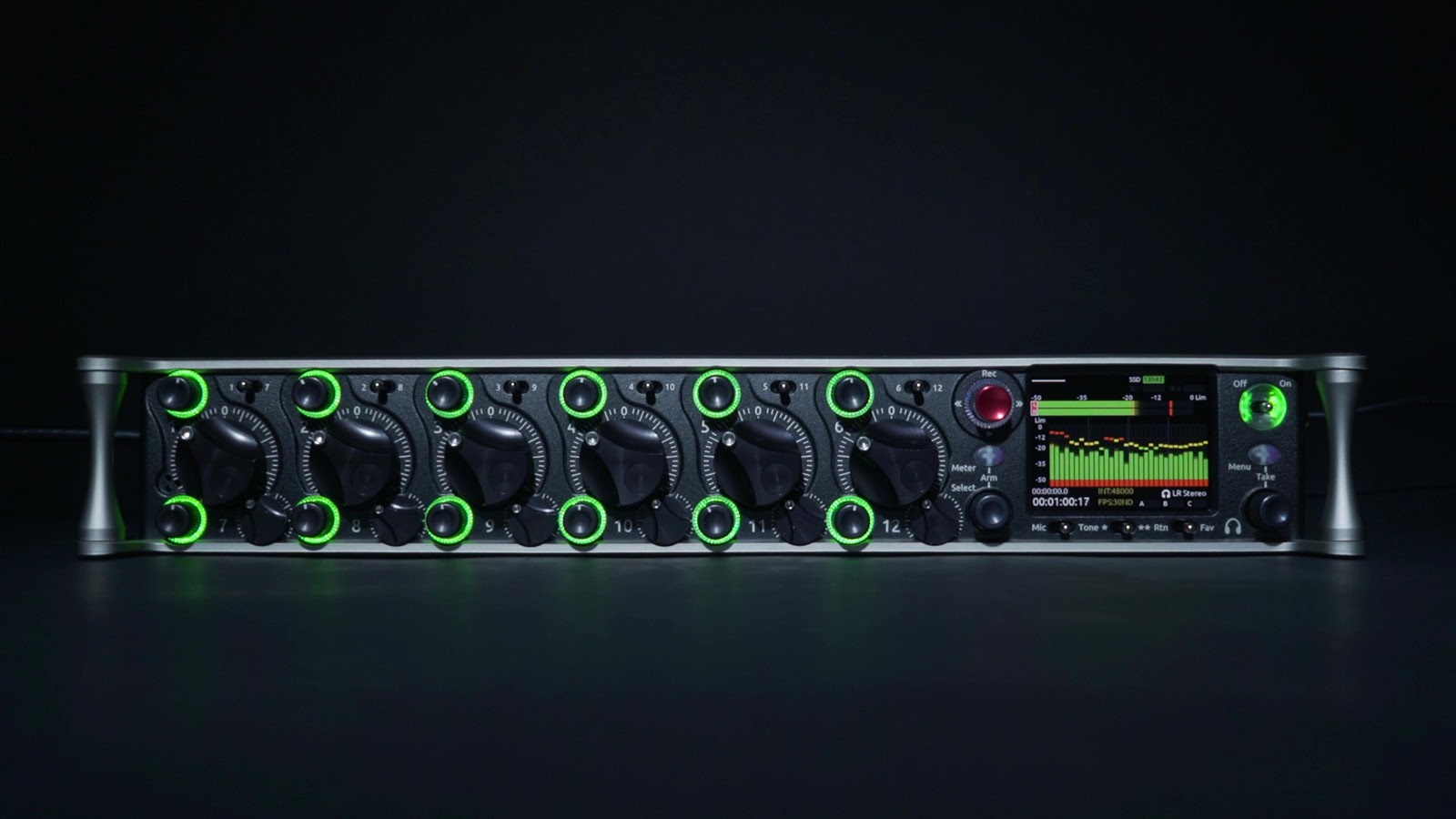
As innovative manufacturers, the Sound Devices team is passionate about sound quality and understanding their customers’ needs. It’s why they rely on fostering strong partnerships with them, learning about the issues they experience on set, and working toward removing their obstacles.
“We’re a customer-driven company,” says Paul Isaacs, Director of Product Management and Design. “Everyone here has a real buy-in to hearing stories of successful productions.”
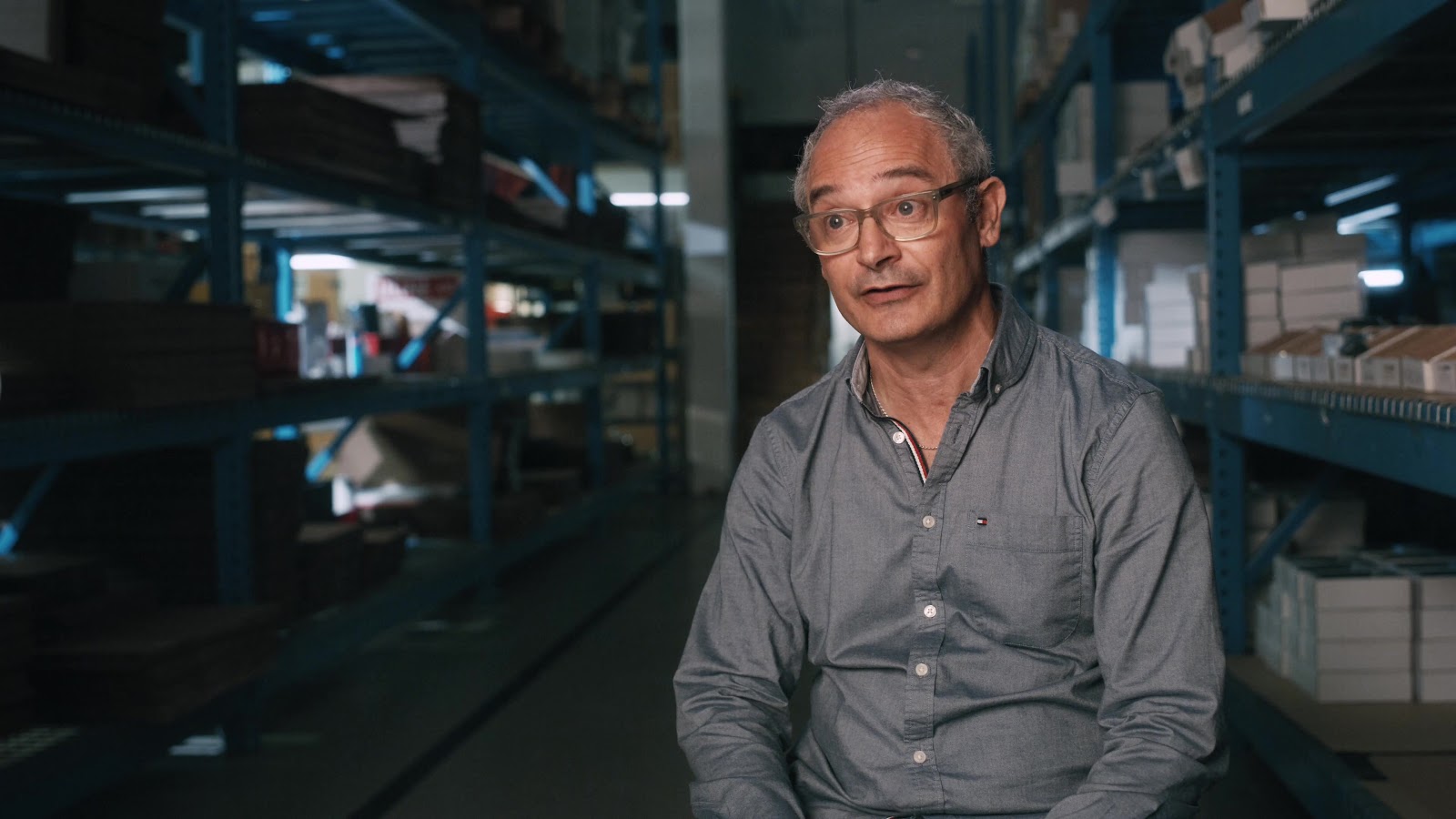
As musicians, videographers, and audiophiles, the Sound Devices philosophy is fusing creativity and technology through art and science.
“Because technology is constantly evolving, we have to think ahead about what our mixer-recorders need to incorporate, even if that technology is cutting edge,” Paul says. “We’re always looking to overcome the limitations of technology so we can present new features that they didn’t even realize could exist.”
Colorfront specializes in color grading software for dailies and mastering. As pioneers in the area of digital intermediates, they wrote Lustre, for which they received a technical achievement Oscar in 2000. From there, they determined that as digital image capture became increasingly common, the dailies workflow had become increasingly problematic, so they set out to create a system to speed up the process.
Today, their mission is to maintain color integrity from acquisition to finishing—quickly and accurately.

“The driving force behind Colorfront is that we always strive to do the unexpected before the industry thinks they need it,” says Support Manager Brandon Heaslip. “We stay on the bleeding edge of technology so that when our customers come to us with a problem they know that we already have a working solution so they can continue to do what they have to do creatively.”
Take HDR, for example. For the past four years, Colorfront has been developing a workflow to deliver both SDR and HDR dailies, but only recently have customers begun to request it. How do they manage to see around corners?
Primarily because they don’t “just” create software. Colorfront has its own post-production facility in Budapest, which serves the highest-end filmmakers in Europe for dailies and deliverables. As a company, they have a deep and intimate knowledge of the challenges that come with pushing creative techniques.
“Whenever we have a customer who’s feeling a pain point on something new that hasn’t been tried before, we’ve already done it and have been living with the same challenges,” says Bruno Munger, Director of Business Development.
The best tools are invisible
But there’s even more to creating a product that becomes an industry go-to than “just” being innovative and listening to your customers.
There’s a certain intangible quality that the stickiest products have. Some describe it in terms of being “delightful” to use. At Frame.io, it’s one of our core tenets, along with a sharp focus on building an intuitive user interface.

Teradek describes it slightly differently. Greg Smokler, VP Product, Creative Solutions, whose father was a cinematographer and in whose footsteps he’s followed, talks about camera gear needing to “get out of your way so that you can be creative.”
According to both Smokler and Verheem, “We don’t want to be the intermediate part of filmmaking. We want to be invisible; an elegant augmentation to the process of creativity. It took us a long time to realize that ease of use is just as important as the most competitive specification—the longest range or the highest bit rate or the best video quality.”
We want to be invisible; an elegant augmentation to the process of creativity.
For Sound Devices, it’s about combining beautiful and robust products in a way that makes the field production experience more fluid.
“Our users are spending 12 hours a day with their mixer-recorder, and when they’re mixing, they want it to feel nice,” Paul Isaacs says. “It’s why professional musicians will spend fortunes on a decent instrument. As a musician, I’m far more inspired when I’m playing my grand piano than a standard upright. It’s the feel.”
As software developers, invisibility means something slightly different for Colorfront. Their Express Dailies integration with Frame.io allows labs to instantly access video and audio assets from the set to create color-graded dailies on the world’s first fully cloud-based rendering platform.
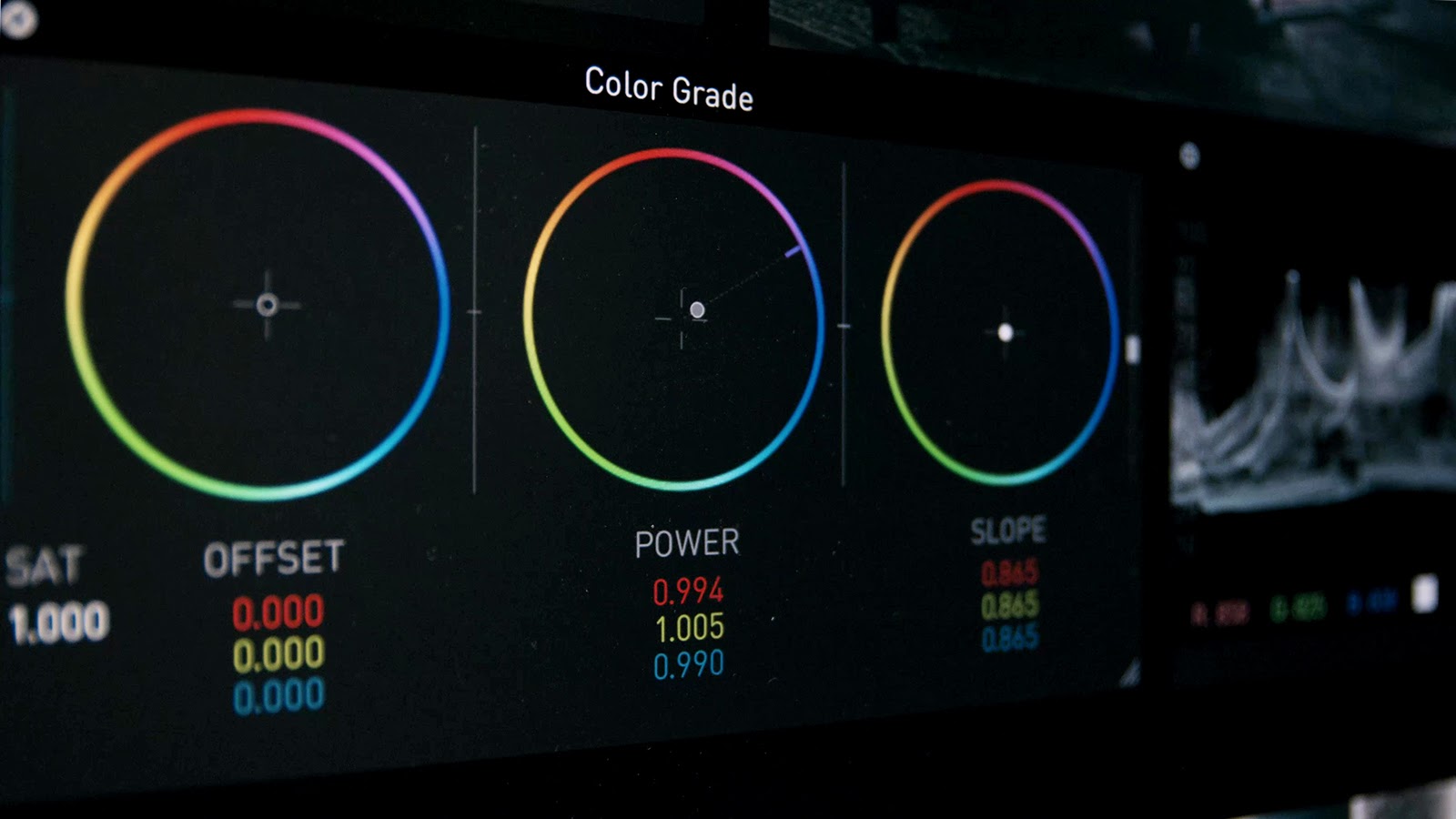
“Having the video files uploaded to the cloud instantaneously allows a post house anywhere in the world to access the media as quickly as it’s being shot on set,” Brandon says.
“In turn, we can sync and color and do all that needs to be done to publish dailies in SDR and HDR back to Frame.io, or export an Avid file, and we can send it back to the end-user on set and they can see it maybe ten minutes later. What used to take days or hours can now happen in minutes.”
Past, present, and future
As we look to the future, it’s worth rewinding just a little to contextualize this moment and this breakthrough.
Ten years ago, Cioni worked with Teradek to explore what it would take to do an instant digital dailies workflow for director David Fincher. As an experiment, it succeeded. But because, at the time, LTE barely existed (nevermind 5G), WiFi was slow, cloud computing was barely off the ground, and Frame.io hadn’t been invented, the concept was a one-off.
Fast forward to today. As our case study for the recently released Songbird demonstrated, the Frame.io C2C-Teradek colC2Coration proved to be both reliable and robust. “What we’re doing now has never been done before,” Greg Smokler says. “Every time you start rolling the camera, a cloud file automatically pops into your folder, and it’s basically invisible once you’ve set it up.”
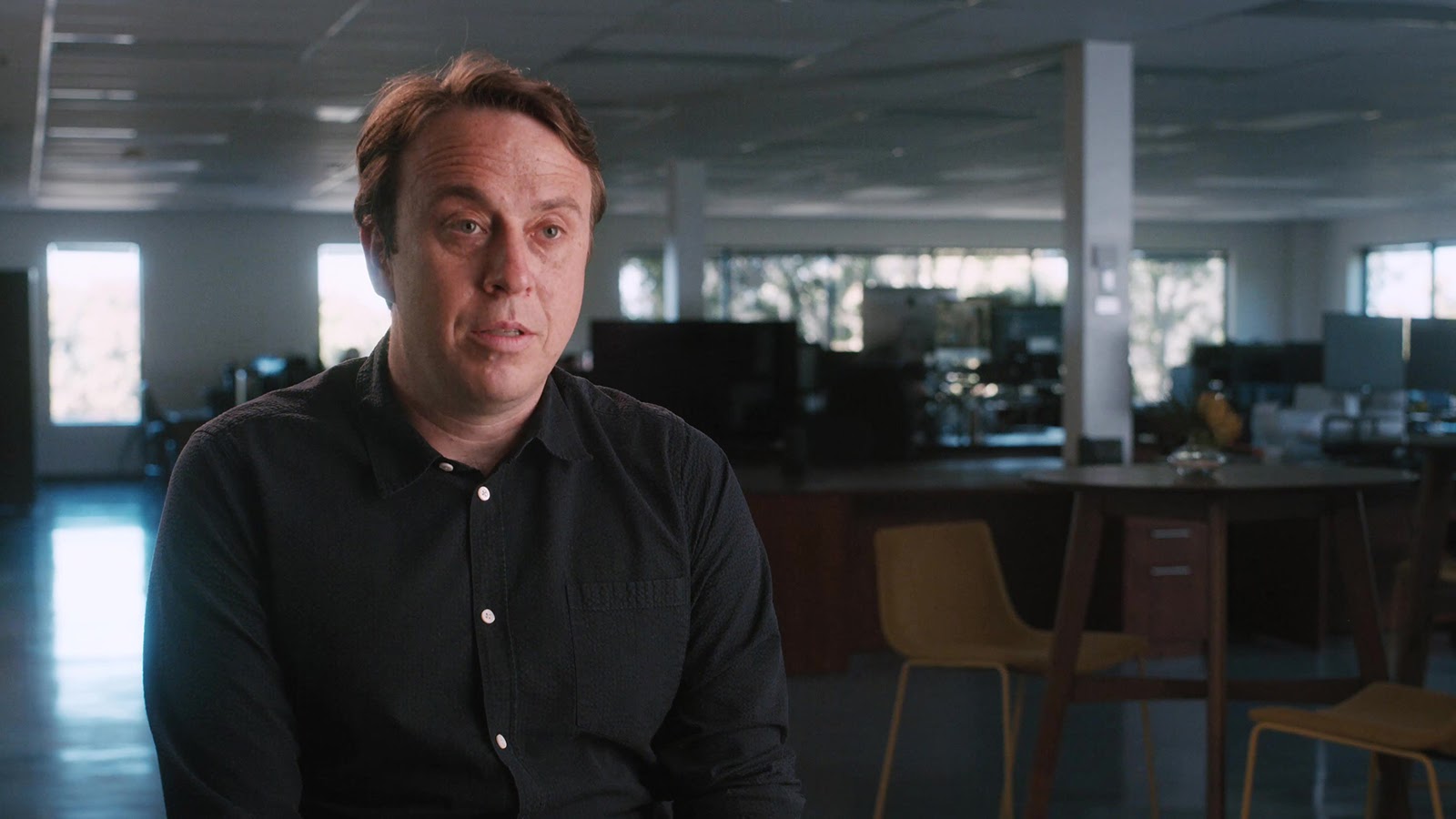
Sound Device’s Paul Isaacs says, “If you look at the history of the way audio on set has been delivered to post-production, 20 years ago it came on a reel of tape. The next step was digital recording on tape, and then file-based recording to SD cards. But now, with the Frame.io infrastructure, we can directly upload from capture to the cloud. It’s a game-changing leap that allows the creative post-production process to happen almost immediately. It’s the holy grail of delivery.”
The C2C integration into Sound Devices mixer-recorders runs in the background and won’t interfere with recording. “We’re not uploading audio to the cloud. We’re uploading audio files to the cloud, in the background, seamlessly,” Paul says.
“You don’t have to wait for an upload to finish. You can just carry on shooting another take, so it doesn’t affect the rhythm of how you work. It’s also possible to send the cutting room the stereo mixdown along with the ISO channels so editors have a choice about what they want to work with. It’s a creative enhancement.”
From a workflow and color management standpoint, Bruno Munger counts the shift to cloud-based workflows to be as important as the shift from photochemical acquisition to digital. But combining the advent of HDR with the Frame.io C2C creates a shift of seismic proportions for filmmakers.
“When it comes to security and ease of use, the cloud is unparalleled,” he says. “And now, for the first time, you can have multiple people across multiple locations looking at the same footage and collaborating together on the same project.”
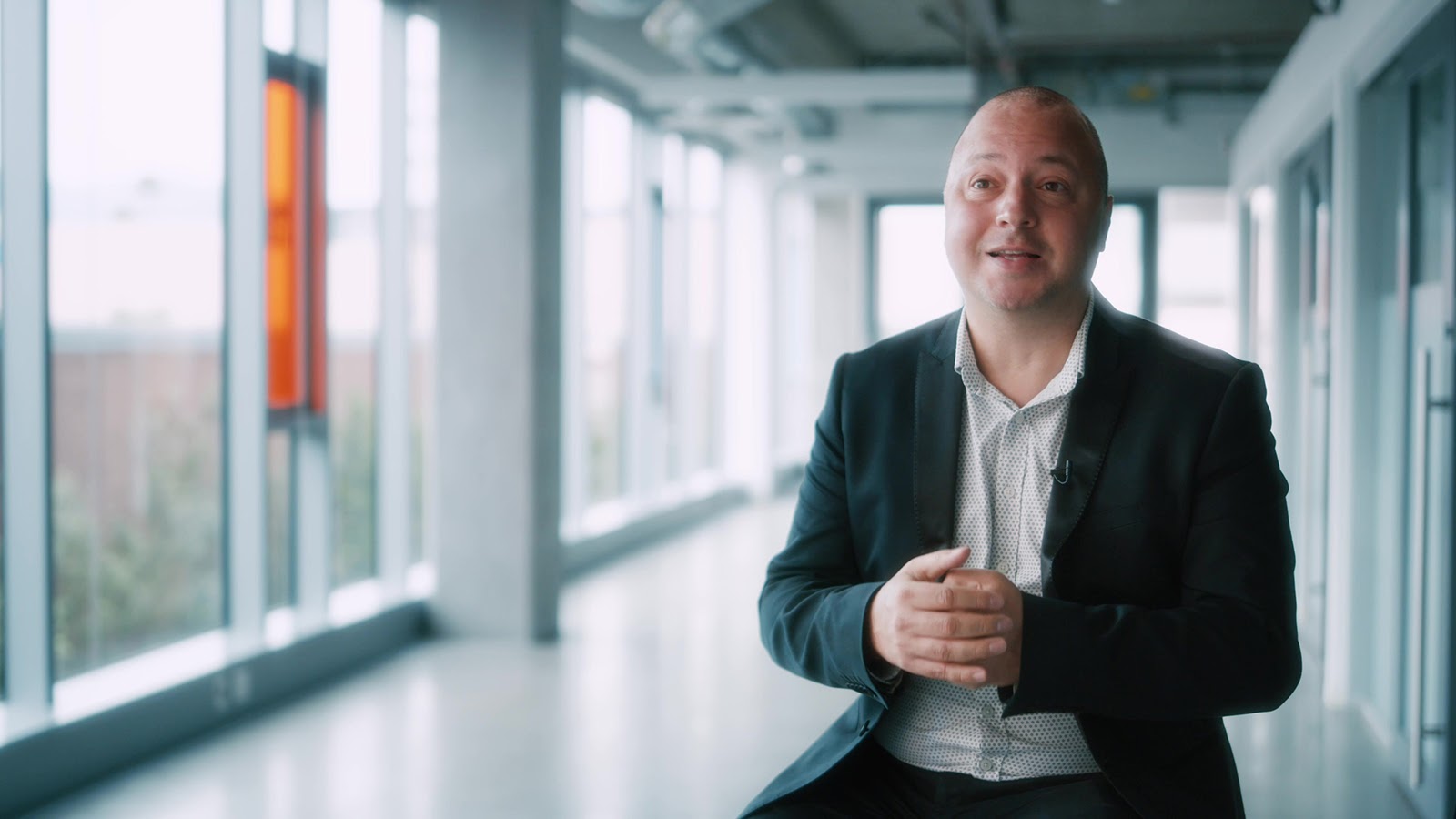
It also allows an editor, anywhere in the world, to start reviewing or cutting material that’s just been shot on the same day, share a cut back through Frame.io, and directors, DPs, and producers can view cuts before they wrap, or can make whatever adjustments are necessary to ensure they’ve got their shot before striking a set.
What’s more is that, in a near future where increased bandwidth and 5G will enable quick uploading of original camera files as well as proxies, the entire workflow will accelerate.
“You can have something that’s shooting in New Zealand and the editors get the proxies and can start cutting. As soon as the camera originals are uploaded, pulls for visual effects can be done automatically,” Bruno says. “It’s going to happen even faster than you think.”
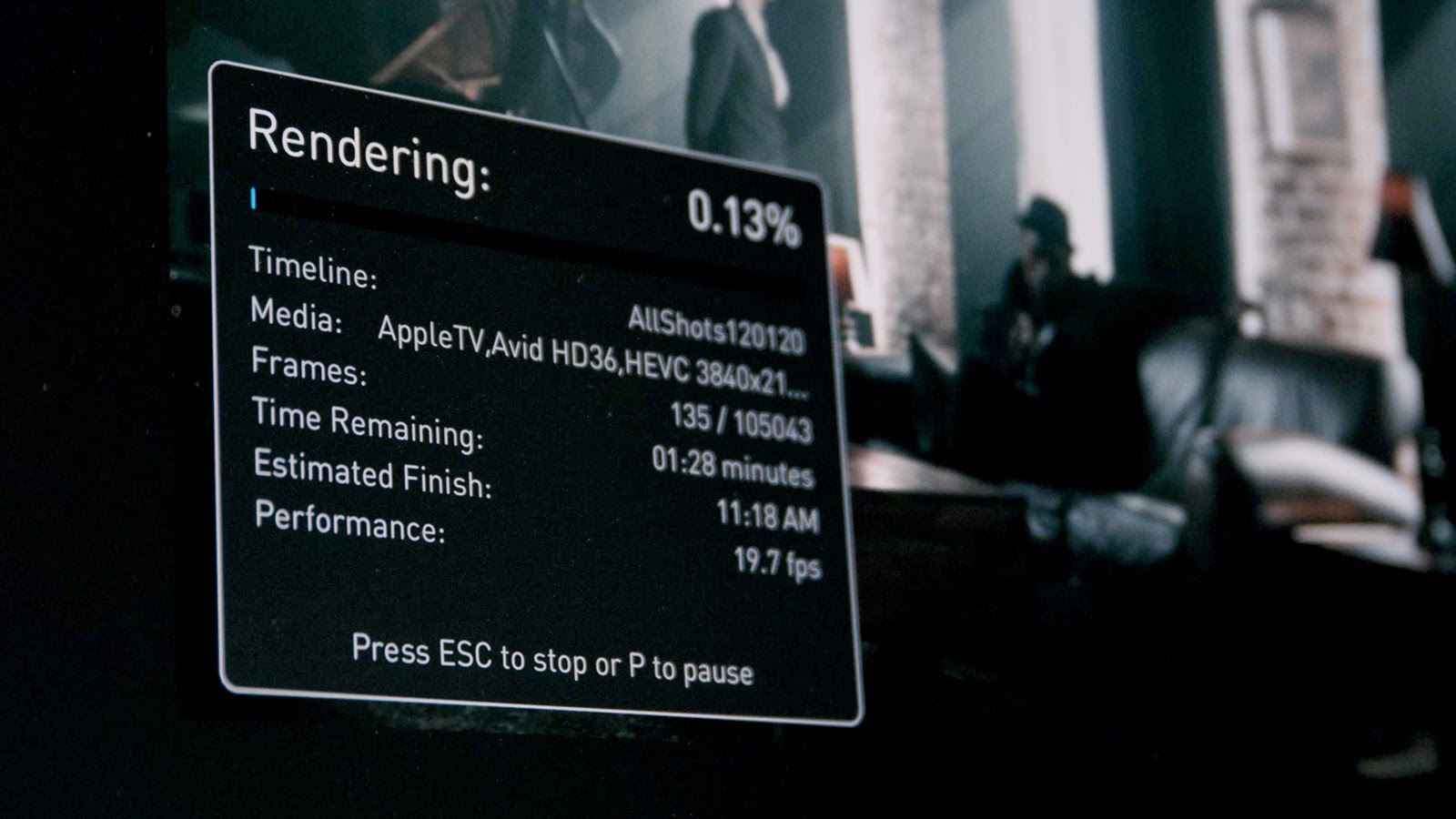
Matt Anderson shares this vision. “The cloud is not only going to enable creativity as a result of speed and turnaround time, but also because of increased flexibility in the locations of productions. If you look back 40 years, it was very difficult to go on location and shoot. But as we move forward, the equipment is more portable and enables shooting from all sorts of locations.”
“The cloud is inevitable,” says Nicol Verheem.
“A lot of people think of the cloud as storage because that’s where it started, as a way to back up your photos or movies. But actually, the cloud is about networking. Think of the cloud in terms of its ability to connect all your tools, whether for storage or software or CPU power—it offers teamwork for all your tools. And it allows people to be separated physically but to still work together.”

The theme that emerges from all three partners is clear. “We need the creative community to embrace the cloud,” Nicol says.
“It’s an invisible part of the solution and should be transparent to people that they’re using it. It should be as if they’re in the video village, looking at the proxy just seconds after the director calls ‘cut,’ and the fact that they might be zip codes or countries away shouldn’t matter. So if we can retain that transparency in developing these tools for the cloud, then I think everyone will want that.”
A collaborative community
Connecting tools is another of Frame.io’s core attributes, which is why we’re upgrading our developer tools for C2C. Designed to help build and optimize cloud-based workflows, our developer tools allow camera and device manufacturers, as well as software developers, to create products that integrate with Frame.io C2C.
Because no two workflows ever have the exact requirements, it’s an essential part of giving users the ability to customize and optimize their toolkits to serve their unique creative needs.

All three partners agree that uniting production and post-production in the cloud is the newest and most powerful innovation in motion picture creation. Even in an industry that is typically slower to embrace change, those who have taken the leap say there is no going back.
We don’t go out to operate a camera, we go out to shoot a movie.
“One of my favorite things about innovating is finding other people who can see where we’re going before we’re actually there,” Michael Cioni says.
“And our partners and friends at Teradek, Sound Devices, and Colorfront have been able to jump in to help us explore this untapped new world. We’ve each been able to do our parts—some of it’s software, some of it’s hardware, and a lot is conjecture. But when you put those together with people who all agree with the idea of a future in which total virtualization is possible, it’s really exciting.”
Greg Smokler sums up our effort as technologists rooted in the creative arts. “We don’t go out to operate a camera, we go out to shoot a movie.”
Invisible. Inevitable. Collaborative. With the availability and democratization of this new technology, the doors are increasingly open to storytellers, who’ll be able to start using Camera to Cloud from March this year (or earlier if you sign up for the beta). And if you want to start developing for C2C, we invite you to partner with us.

